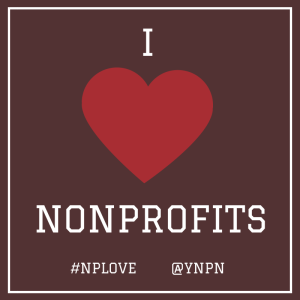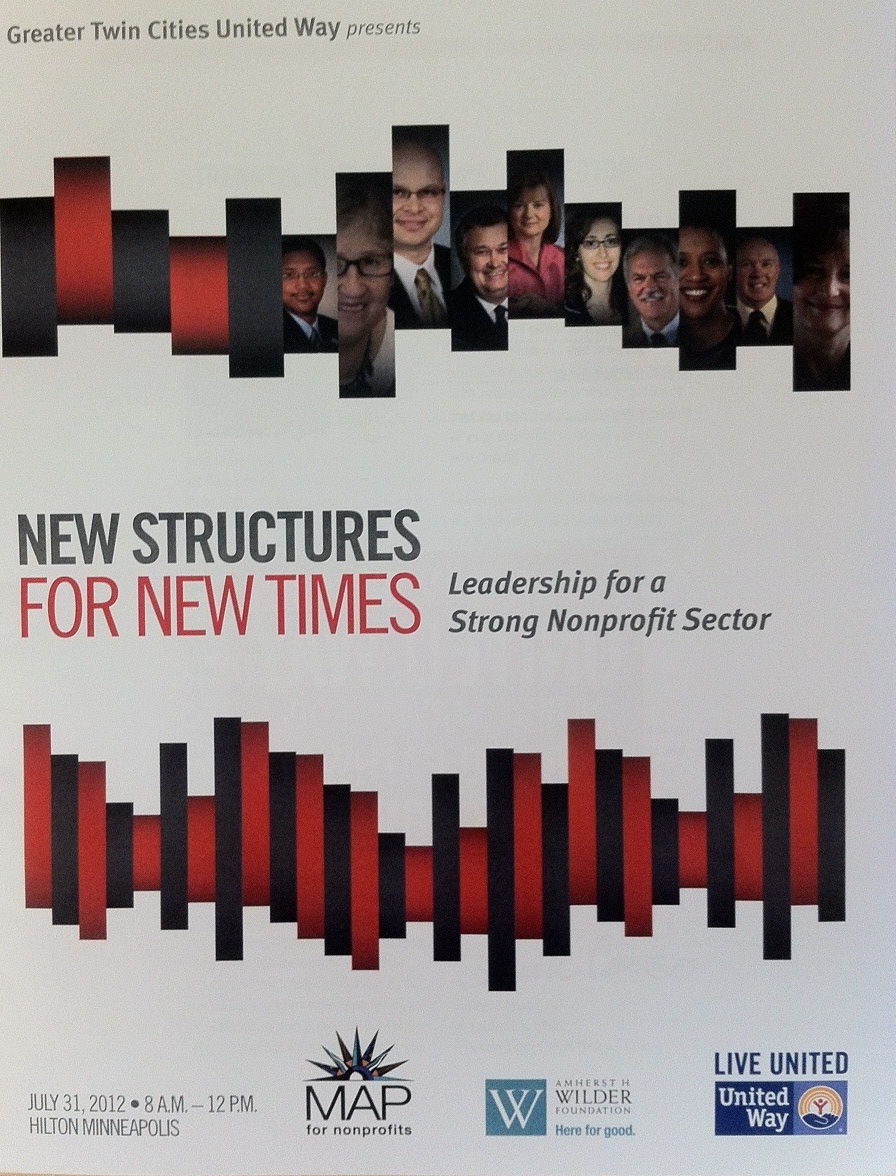20
2014
I {Heart} Nonprofits
Reposted from YNPN.org Seriously, what’s not to love? Organizations working to make social change, fix big hairy problems and impact change, both locally and globally. Staff who dedicate their careers and purpose to a mission and to improve our world.Plus, of course, our volunteers and supporters, both in and out of the boardroom, who give away their time, talent and resources in support of what we do. It all adds up to a commitment, a values statement, an ideal.Again I say, what’s not to love?For me, growing up with two parents working for nonprofits, I never really even thought about it….
10
2013Nonprofits 2013: The First State of the Sector
A Post from Jim Toscano As the end of year approaches and before our annual predictions for next year, it might be useful to summarize the current status of the nonprofit sector. Where are we, the near-million current nonprofits in the nation? Clearly all over the lot, but are there reportable milestones and trends that may characterize nonprofits? Twelve complex factors comprise major parameters that are prominent in 2013, part of the constant change that we all experience. Over the years, our nonprofit sector has attributed our strong societal standing to American exceptionalism, while we have also heard from various…
11
2013The Two Nonprofit Sectors
A post from James V. Toscano In his post, Minnesota Council of Nonprofits’ Jon Pratt discussed “A Virtuous Cycle” referring to the recent UnderDeveloped study. He reported difficulties of smaller nonprofits in affording needed development and related infrastructure costs. The idea of a virtuous cycle for nonprofit organizations able to afford infrastructure and transaction costs provokes discussion on the haves and have-nots among us. A recent study helps. In the March 2012 Stanford Social Innovation Review article, “ Why More Nonprofits Are Getting Bigger,” authors Peter Kim and Jeffrey Bradach reported on the emergence of a new wave of large…
06
2012
Two Themes – Part One
A post by James V. Toscano Recently, Greater Twin Cities United Way, with MAP for Nonprofits and Wilder Foundation, sponsored a “New Structures for New Times” conference. Over 500 nonprofit and foundation representatives attended, hearing that our nonprofit sector needs to strengthen through collaborations, mergers, acquisitions, dissolutions, and “similar proactive steps. The familiar litany of reasons for these actions were all mentioned: government cuts, “new normal,” need for more businesslike management, increasing societal need. The overall theme in this work is that we are faced with a dilemma, given the number of nonprofits and the shrinking resources available to them.
02
201112 of My Favorite Nonprofit Resources
Post by Dania Toscano Miwa There are many more than 12 but this is just a start. The first 3 are Minnesota based, if you are out of MN, skip to number 4. 1. The Principals and Practices for Nonprofit Excellence – This document is available courtesy of the Minnesota Council of Nonprofits, which is also an excellent resource for Minnesota Nonprofits. 2. MAP for Nonprofits– Also Minnesota specific, but many of the services they offer, like their board boot camp can be adapted for any board. There are also templates such as an Executive Director evaluation template, local board position openings and a…
16
2011The Golden Opportunity
Post by James V. Toscano As someone about to retire from his current position, I was intrigued to see the third Daring to Lead report and its significant findings, somewhat changed from the last two reports in this decade. As reported by my friends at MAP for Nonprofts, there were three key findings in the latest version: “Though slowed by the recession, projected rates of executive turnover remain high and many boards of directors are under-prepared to select and support new leaders.” “The recession has amplified the chronic financial instability of many organizations, causing heightened anxiety and increased frustration with unsustainable financial models.” “Despite the profound challenges of the role, nonprofit executives remain energized and resolved.”
